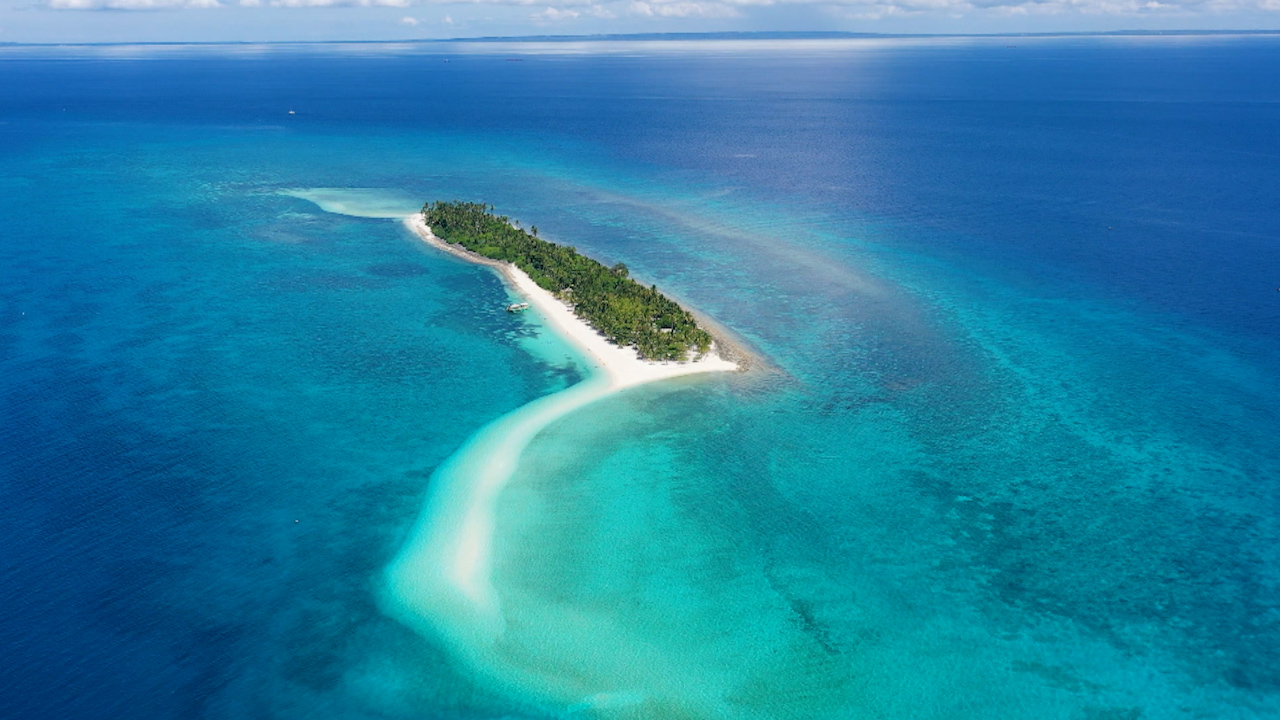內容
CONTENT
14/07/2025
相片集
全球氣候變化,令海洋高速升溫。最新研究估計,海洋每秒鐘所吸收的熱能,相當於五個原子彈爆炸所釋放出的能量。海洋儲存着九成因人為全球暖化而產生的熱能,而2020年更是全球海洋錄得史上最高溫的一年。
一項報告指出,塑膠污染是海洋生物大滅絕的另一主因;估計現時全球海洋裡共有15至51兆件塑膠垃圾,從赤道到南北兩極、北極冰原到海床都無一倖免。
地球上並無任何一平方里的表面海洋未受到塑膠污染,人類活動對菲律賓綠海龜帶來了什麼影響?
化石燃料業界計劃在未來十年內,將塑膠產量增加四成;新研究更指出,氣候變化可能會令海中六成魚類物種滅絕。當高溫殺死珊瑚礁,魚類也會無法繁殖;魚類絕種的話,人類還能生存嗎?
節目會走訪菲律賓各地,與一眾專家和科學家見面,見證他們如何努力保護棲息地,從而拯救綠海龜。綠海龜已被列為瀕危物種,人類能夠力挽狂瀾,拯救牠們嗎?
The world's oceans are now heating at the same rate as if five Hiroshima atomic bombs were dropped into the water every second due to climate change. The ocean contains 90 percent of the heat from human-induced global warming, and the year 2020 was the warmest ever measured for the global ocean.
According to a report, plastic pollution is another reason for the mass extinction of marine life. Studies estimate there are now 15–51 trillion pieces of plastic in the world's oceans — from the equator to the poles, from Arctic ice sheets to the sea floor.
Not one square mile of surface ocean anywhere on earth is free of plastic pollution. What is the impact of such human activities on the Philippines green sea turtle? The problem is growing into a crisis. The fossil fuel industry plans to increase plastic production by 40 percent over the next decade. New research suggests that climate change could wipe out 60% of all fish species in the oceans. As the heat kills coral reefs, fishes are unable to reproduce. Can humanity survive without fish?
We traverse the Philippines to witness the battle to save the green sea turtle as we meet with experts and scientists trying to protect the habitat from human activity. Can the green sea turtle and its ecology which has now been ranked as an endangered species due to climate change be saved?
網上重溫至 21/07/2025
集數
EPISODES
-

物種大滅絕(下)
全球氣候變化,令海洋高速升溫。最新研究估計,海洋每秒鐘所吸收的熱能,相當於五個原子彈爆炸所釋放出的能量。海洋儲存着九成因人為全球暖化而產生的熱能,而2020年更是全球海洋錄得史上最高溫的一年。
一項報告指出,塑膠污染是海洋生物大滅絕的另一主因;估計現時全球海洋裡共有15至51兆件塑膠垃圾,從赤道到南北兩極、北極冰原到海床都無一倖免。
地球上並無任何一平方里的表面海洋未受到塑膠污染,人類活動對菲律賓綠海龜帶來了什麼影響?
化石燃料業界計劃在未來十年內,將塑膠產量增加四成;新研究更指出,氣候變化可能會令海中六成魚類物種滅絕。當高溫殺死珊瑚礁,魚類也會無法繁殖;魚類絕種的話,人類還能生存嗎?
節目會走訪菲律賓各地,與一眾專家和科學家見面,見證他們如何努力保護棲息地,從而拯救綠海龜。綠海龜已被列為瀕危物種,人類能夠力挽狂瀾,拯救牠們嗎?
The world's oceans are now heating at the same rate as if five Hiroshima atomic bombs were dropped into the water every second due to climate change. The ocean contains 90 percent of the heat from human-induced global warming, and the year 2020 was the warmest ever measured for the global ocean.
According to a report, plastic pollution is another reason for the mass extinction of marine life. Studies estimate there are now 15–51 trillion pieces of plastic in the world's oceans — from the equator to the poles, from Arctic ice sheets to the sea floor.
Not one square mile of surface ocean anywhere on earth is free of plastic pollution. What is the impact of such human activities on the Philippines green sea turtle? The problem is growing into a crisis. The fossil fuel industry plans to increase plastic production by 40 percent over the next decade. New research suggests that climate change could wipe out 60% of all fish species in the oceans. As the heat kills coral reefs, fishes are unable to reproduce. Can humanity survive without fish?
We traverse the Philippines to witness the battle to save the green sea turtle as we meet with experts and scientists trying to protect the habitat from human activity. Can the green sea turtle and its ecology which has now been ranked as an endangered species due to climate change be saved?14/07/2025收看 -
物種大滅絕(上)
印度住了約27,000隻亞洲象,擁有全世界最大型的亞洲象群落。雖然印度能每日為每隻亞洲象提供450公斤食物,但牠們的存活卻面臨威脅。亞洲象對高溫敏感,炎熱天氣可引發牠們出現代謝症候群、氧化壓力、免疫抑制反應,甚至死亡,而影響繁殖率。目前印度境內有約42%的亞洲象棲息地,因為人為壓力和氣候變化夾擊而消失。
印度環境、森林及氣候變化部門和一眾動物專家,正努力創建環保通道,協助大象暢通無阻地搬家。我們一於隨著專家和本地居民,去看看這些亞洲象能否在氣候變化威脅之下倖存下來。
India is home to approximately 27,000 Asian Elephants, which is the world’s largest population of the species. The country may be the species’ main stronghold, helping each elephant consume 450 kg of food every day. But its survival is now under threat.
Their sensitivity to heat leads to metabolic disorders, oxidative stress, immune suppression, and death, impacting their reproduction rates. Some 42% of the present available habitat in the country will be lost due to the combined effects of human pressure and climate change.
The elephants are likely to shift towards higher elevations in the Himalayas. We follow animals’ activists along with the Ministry of Environment, Forests and Climate Change in India who are battling to create a green corridor to help them to travel and shift habitats without issue and give legal protection to the movement of elephants.
Can the Asian elephant survive these modern threats to its existence?07/07/2025















